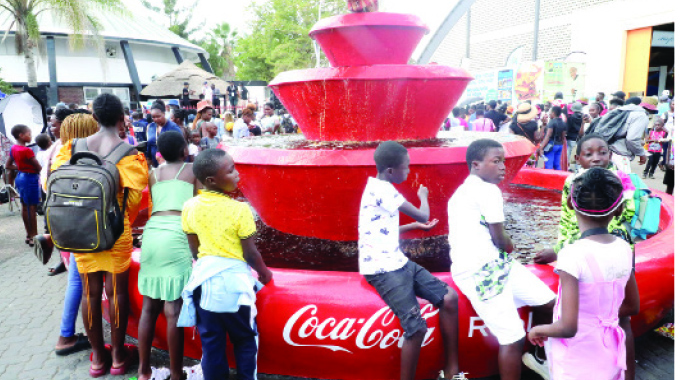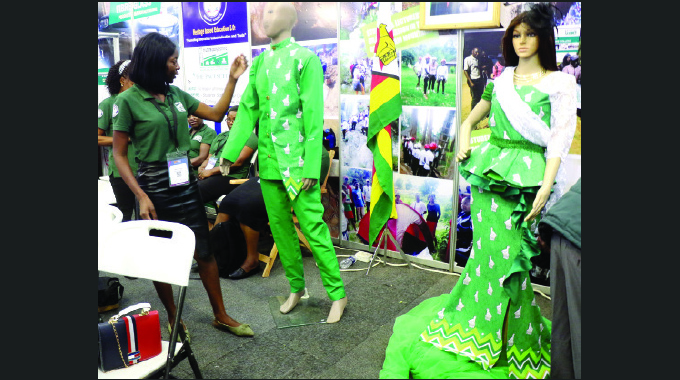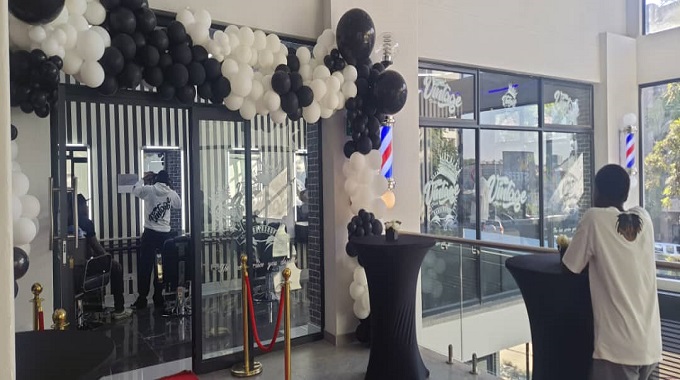Zimbabwe: A jewel that needs polishing

Lenox Lizwi Mhlanga
THE Sanganai-Hlanganani Tourism Expo 2018 that ran from 6 to 8 September in Bulawayo has been hailed as a success in many ways than one. For me the tour of tourism products in various parts of the country was both an eye-opener and a learning experience.
The Zimbabwe Tourism Authority led by Chief Executive, Karikoga Kaseke, continues to tick all the right boxes in the mission to market Zimbabwe as an attractive destination for both regional and international visitors.
As part of the Expo, a number of tours by tour agents and operators to sample and assess the tourist attractions that Zimbabwe has to offer were organised. I was part of a group that was made up of Zambians, Ugandans, South Africans, Tanzanians, Batswana and a Kenyan. They were blown away by what they saw though, of course, they did take note of areas that needed attention.
The trip began in Bulawayo, with most of them attending the Expo while residing in a choice of lodges that Bulawayo is known to offer. Our hospitality is legendary, however, years of economic challenges have taken their toll on the quality of service and the state of the facilities.
One does understand the pressure that a number of tourist facility operators have been under, and what they achieved despite the environment. They have taken the opportunity presented by Sanganai-HlangananiTourism Expo to lobby and present their issues to government officials including the Vice President Rtd Gen. Constantino Chiwenga and the newly re-appointed Minister of Tourism and Environment, Hon Priscah Mupfumira.
These included issues such as high taxes, access to capital, rebates that ensure that the tourism industry grows and not choke to death. In return, the minister implored the industry to move with the times by adopting digital marketing tools to attract visitors.
When addressing a ministerial roundtable that ran parallel to the Expo and was attended by tourism ministers from South Africa, Zambia and Malawi, Minister Mupfumira said in today’s world, tourists, and in particular, the young generation have become very particular about the kind of tourism product they wanted to experience.
“They don’t feel secure about what tourism product or package they are purchasing. Digital marketing is, therefore, becoming a necessity these days as rapid development in internet technology, the World Wide Web and social media platforms are changing marketing principles in a dramatic way.”
She said that digital technology was breaking geographical and political boundaries, as witnessed by the interest generated among the tour group of East and Southern African tour operators and agents that I accompanied from Bulawayo right up to Harare via the Eastern Highlands.
Zimbabwe is like an onion that one has to peel in order to reach the juicy inner parts (for lack of better way of putting it). And peel we did, from the majestic Great Zimbabwe, that has never lost its spiritual allure, to hotels and quaint lodges around Lake Mutirikwi.
The subject of sustainable tourism came up in our fireside discussions as temperatures suddenly plummeted in Masvingo. Tourism has historically been an exclusive activity dominated by whites. But after independence, a number of indigenous operators made a foray into that sector.
Several decades down the line, the number of indigenous operators has increased exponentially. Our colleagues from the region have been at it for years and they had some insightful observations. One of them centred on the government empowering indigenous players for them to reach the standards demanded by the growing market.
SustainableTourism is one that takes full account of its current and future economic, social and environmental impacts, addressing the needs of visitors, the industry, the environment and host communities.
The issue is, how do the local communities benefit from the tourism products in their midst. How can they be empowered both financially and technically to become formidable players? Unfortunately, the government has had more important issues to contend with.
However, as the country deliberately re-engages with the rest of the world while fixing its economy, tourism, at a large scale, offers low hanging fruits that can catapult both these communities and indigenous players for the benefit of the economy.
Granted that there are players who will fiercely defend their turf because of the rich pickings they have been enjoying all these years but this situation is not sustainable because of the vast number of untapped tourist products this country has to offer.
Some communities do not even see the potential of some areas within their midst that have potential to be marketed to the outside world at attractive destinations.
Which brings us to the other elephant in the room, of product knowledge and communicating it to the outside world. Any platform is redundant if there is little or no content generated to feed into it for distribution. This is one of the laws of the new digital era.
A casual browse of the websites of many of our lodges, operations and hotels yields little in terms of the history, culture and significance of a destination.
One might provide a hospitality service but one of the things that draws people to a place is its unique charm.
The point of bringing tour operators and agents to our tourist destinations was for them to experience them first-hand, and build lasting memories that they will carry back to their countries. These experiences are the ones that they will use to design and frame their packages in a way that will draw tourists to these destinations.
Next week we continue with our experiential assessment of the Zimbabwean tourism industry through the eyes of regional tourist operators and agents.










Comments